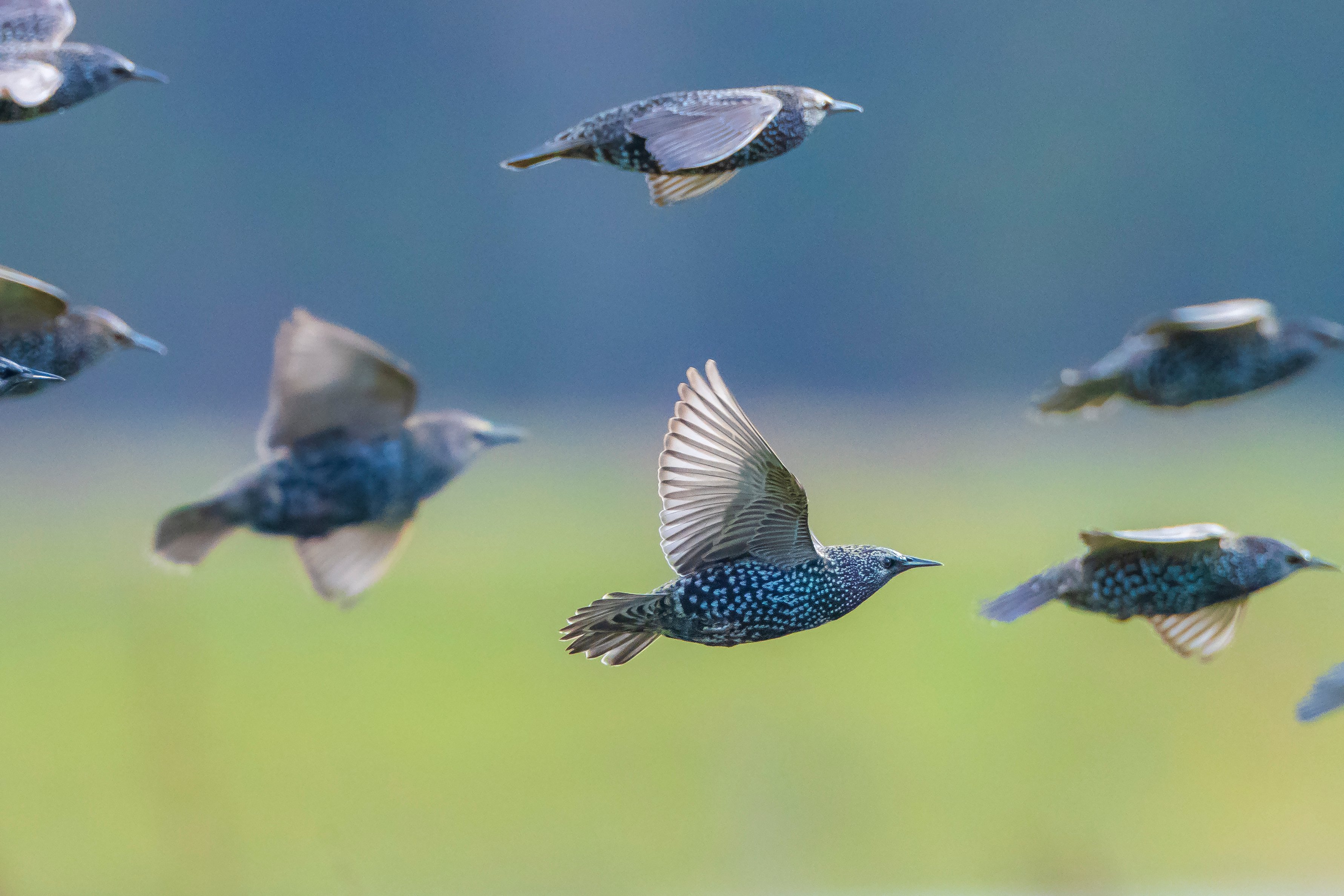
Posted July 5th 2022
Can you name North America’s Flyways?
With Fall migration set to soon be underway, we thought we would take some time to re-introduce North America’s Flyways.
North America is home to four major “avian highways” known as the Pacific, Central, Mississippi, and Atlantic Flyways.
Before we delve into each route, it is important to note that these flyways describe a broad, generalized pathway; they are not narrowly defined trails. In fact, some of North America’s migratory birds ditch this trend altogether and soar through the paths less travelled.
Understanding where these flyways are located, how they’re used, and the types of birds that use them can help us implement critical bird-friendly measures to protect birds everywhere.
Pacific Flyway
The Pacific Flyway hugs the Pacific Coast of North and South America. Spanning from Alaska all the way to Patagonia in southern South America, this flyway is used by millions of migratory birds twice a year.
Some migratory birds travel the entire length of the route, which stretches 4,000 miles north-to-south and 1,000 miles east-to-west, while others stop partway to nest or refuel.
Several songbirds that winter in Central America and breed in Canada and beyond use this flyway, including the Western Tanager and Townsend’s Warbler. Shorebirds, like the Rufous-chested Dotterel, also blaze through this flyway and flock in huge numbers to stopover points like the Great Salt Lake in Salt Lake City and Utah.
Central Flyway
Covering more than one million square miles across North America, the Central Flyway runs through Texas, Kansas, Colorado, Wyoming, and Montana.
A portion of Canada is also featured in this flyway with some migratory birds seeking asylum in Alberta, British Columbia, Northwest Territories, Nunavut, Saskatchewan and Yukon Territory.
Used by almost 400 bird species, the Central Flyway is a popular choice for many migrant birds. Its most famous migrant is the Sandhill Crane, a species that gathers in the hundreds of thousands at the Nebraska Sandhills each spring. Other birds that frequent this pathway include the Thick-Billed Longspur, Sprague’s Pipit and Wood Thrush.
Mississippi Flyway
Starting in central Canada and stretching all the way to the Gulf of Mexico, this route is frequented by birds migrating from their breeding grounds in North America to their winter havens in the south.
Its eastern boundary runs through the peninsula of southern Ontario to western Lake Erie, then moves southwestwardly across Ohio and Indiana to Mississippi where it follows the route of North America’s largest river system– the Mississippi River.
Its abundance of rivers and lakes makes the Flyway an ideal route for shorebirds like the Snowy Plover and Clapper Rail. Other migratory birds, like the Yellow-billed Cuckoo and Prothonotary Warbler, enjoy travelling through the Flyway’s spectacular forests, grasslands and wetlands, which provide great sources of food and water.
Atlantic Flyway
Stretching from Florida to Greenland, the Atlantic Flyway spans more than 3,000 miles and contains all of North America’s Atlantic Coast.
To the east, the Atlantic Flyway is bounded by the ocean, and to the west, it’s bordered by the Appalachian Mountains.
This route also includes many trails that spur off the main path, with some birds flying across the open ocean and others taking journeys that intersect with the Mississippi Flyway to the west.
The Atlantic Flyway demonstrates a dense concentration of shorebirds and waterfowl, which take advantage of the salt marshes and mudflats found along the coast.
The flyway also demonstrates rich forested areas that invite a wide variety of songbirds, like the Cerulean Warbler and Wood Thrush, to stop and have a quick snack.
Help protect migratory birds with Feather Friendly
At Feather Friendly, we’re committed to helping birds stay safe no matter where they’re headed, and you should be too! By incorporating bird-friendly practices into your routine and outfitting the windows of your commercial or residential building with Feather Friendly bird deterrent window markers, you can help keep the billions of birds that use flyways across North America safe. Contact us today to start protecting birds!
Partners
We are honoured to form partnerships with organizations who demonstrate
an ongoing commitment to bird conservation.



